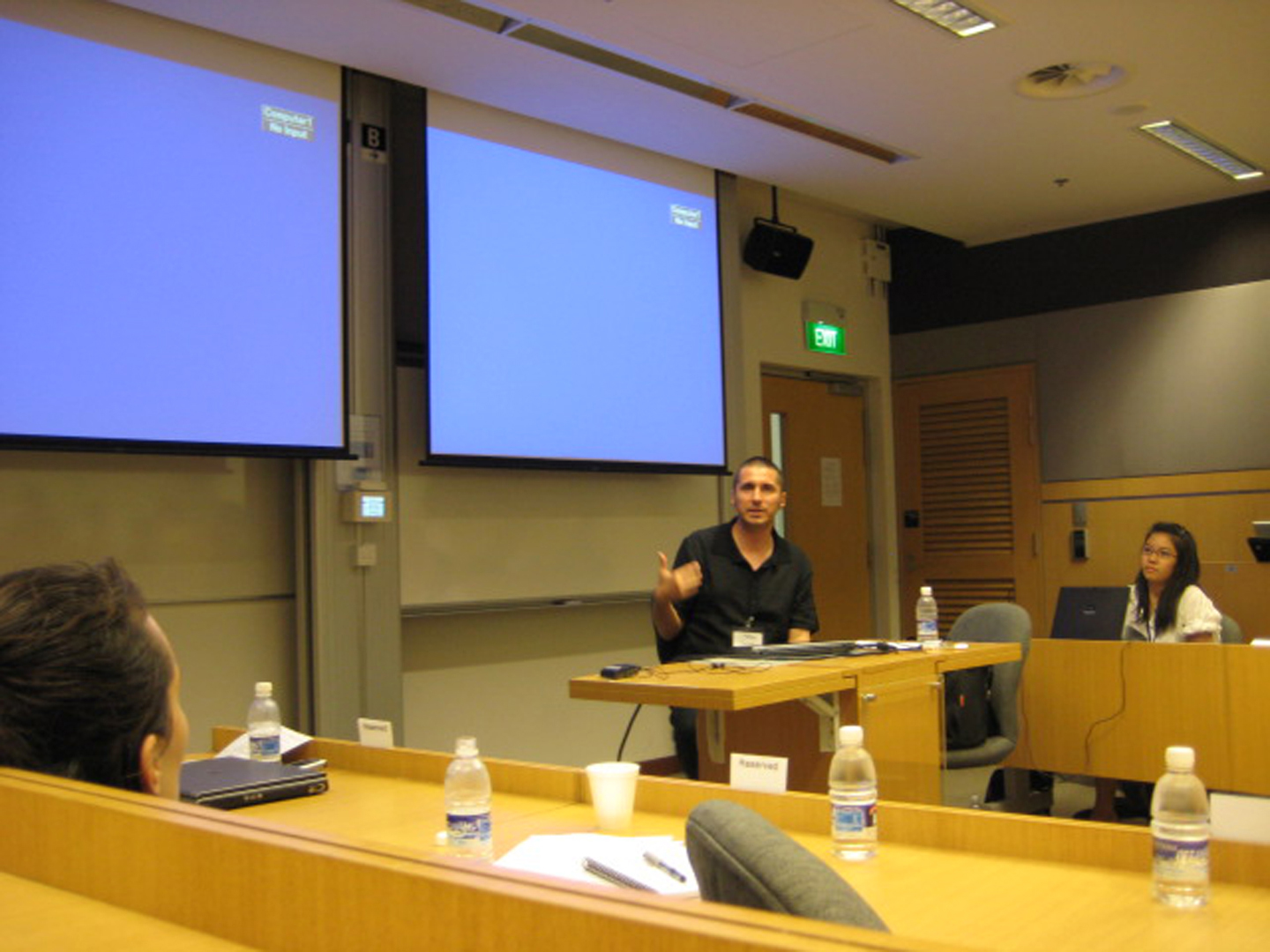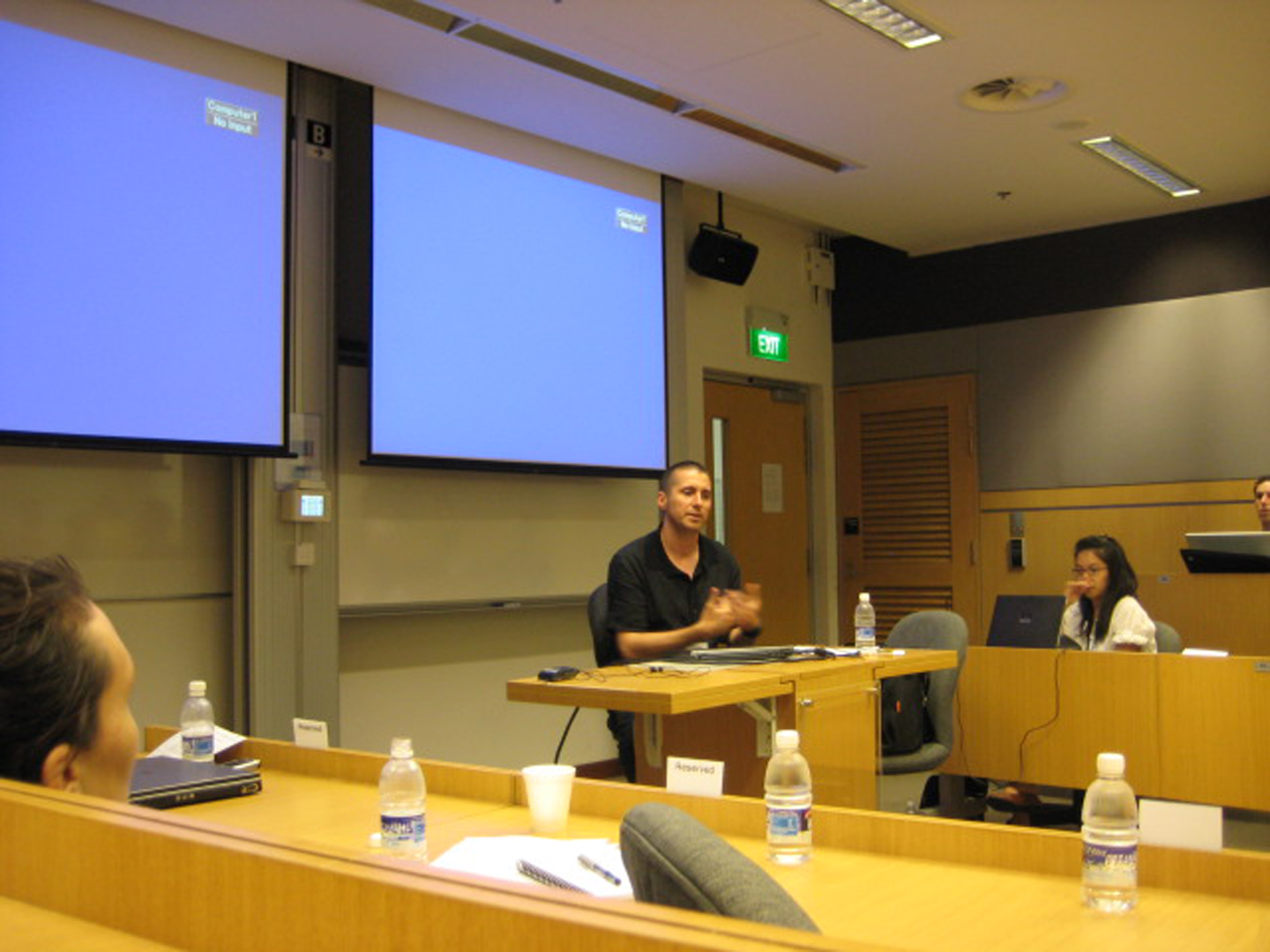“Generative system for the synthesis of audiovisual narrative” presented by Laskari and Charitos
Presentation Title:
Presenter(s):
Abstract:
This paper documents a research project that deals with the application of an artificial life (AL) approach for creating cinematographic narration. The project investigates the possibility of producing autonomous audiovisual sequences, in which meaning results from a kind of hypermontage, conditioned by genetic algorithms. Firstly a relevant literature review lead to the formulation of a theoretical thesis regarding generative narratives and consequently, a system was created to support and evaluate this thesis. During the presentation of this paper, the system and its audiovisual results will be demonstrated.
This paper investigates whether individual video fragments belonging to a database may be linked into numerous different successions in order to satisfy fitness criteria defined by the user. The aim is to create optimum sequences in accordance to specific requirements, instead of coming up with a closed predetermined unique sequence, as it’s traditionally done by directors.
The presented system creates narratives starting by the juxtaposition of video fragments. Based on the phenomenon of semantic montage, the viewer attributes causality relationships to the succession of these fragmented micro-narrations which are seamlessly integrated in the sequence.
In the case of interactive hyperstructured video, it is often impossible for the author of the work to predict all possible forms of narration that the user may experience. In the case of genetic art, the process of experiencing and “reading” the work is replaced by a process of observing the development and maturing of a “living” system. Instead of content formed in a predetermined manner, the user experiences an unanticipated, autonomously and spontaneously formulated kind of content. The multiplicity of the artwork mainly depends on the manner in which the artifact is being written. Different readings may result from the use of the same structural elements as a starting point ultimately leading to different versions of the same work of art.






